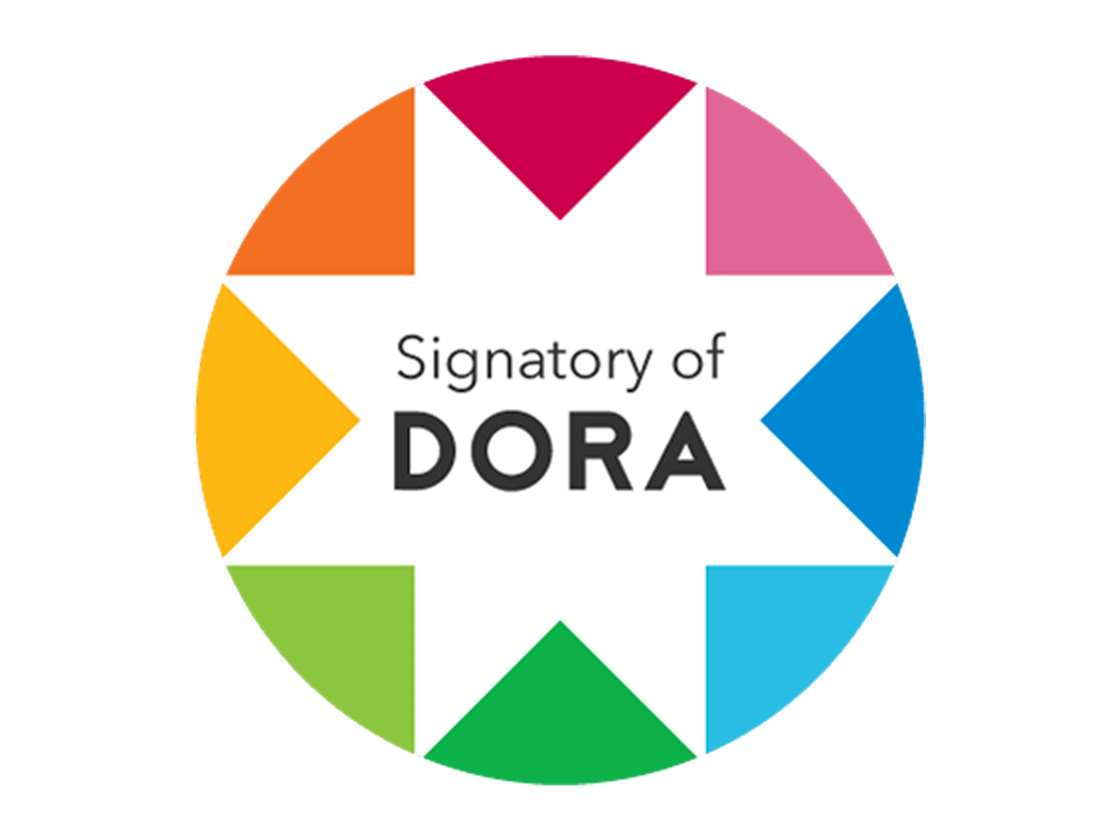Chronic Migraine in the Pediatric Population – Lessons Learned
DOI:
https://doi.org/10.46900/apn.v5i1(January-April).165Keywords:
chronic migraine, pediatric migraines, American Migraine Prevalence and Prevention study, Attention Brazil Project, risk factors, medication overuse headaches, neurologyAbstract
In predisposed individuals, migraine evolves into a stage of daily or nearly daily headaches, known as chronic migraine. Although relatively prevalent and debilitating at all ages, chronic migraine is particularly aggressive in the pediatric population. Several risk factors for chronic migraine have been identified, largely due to two very large longitudinal studies, the American Migraine Prevalence and Prevention Study (AMPP) and the Attention Brazil Project (ABP). This review summarizes lessons learned from these studies that included children from 5 to 19 years of age. We start by contextualizing chronic migraine and by offering a systematic approach to diagnosis. We then discuss pre-natal and post-natal risk factors for migraine transformation, and close by reviewing treatment strategies, ultimately attempting to offer a meaningful overview of chronic migraine in pre-adults based on our experience conducting these studies.
Downloads

Downloads
Published
How to Cite
Issue
Section
License
Copyright (c) 2022 Luisa Bigal, Renato Arruda, Marco Arruda, Marcelo E. Bigal

This work is licensed under a Creative Commons Attribution 4.0 International License.

When publishing in Archives of Pediatric Neurosurgery journal, authors retain the copyright of their article and agree to license their work using a Creative Commons Attribution 4.0 International Public License (CC BY 4.0), thereby accepting the terms and conditions of this license (https://creativecommons.org/licenses/by/4.0/legalcode).
The CC BY 4.0 license terms applies to both readers and the publisher and allows them to: share (copy and redistribute in any medium or format) and adapt (remix, transform, and build upon) the article for any purpose, even commercially, provided that appropriate credit is given to the authors and the journal in which the article was published.
Authors grant Archives of Pediatric Neurosurgery the right to first publish the article and identify itself as the original publisher. Under the terms of the CC BY 4.0 license, authors allow the journal to distribute the article in third party databases, as long as its original authors and citation details are identified.





























